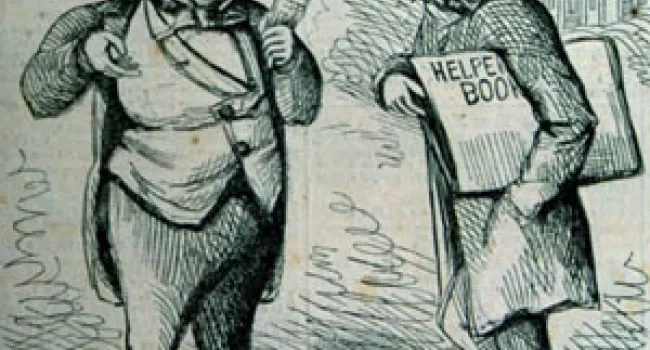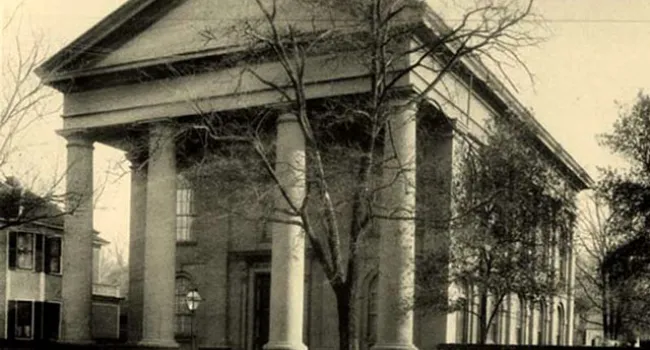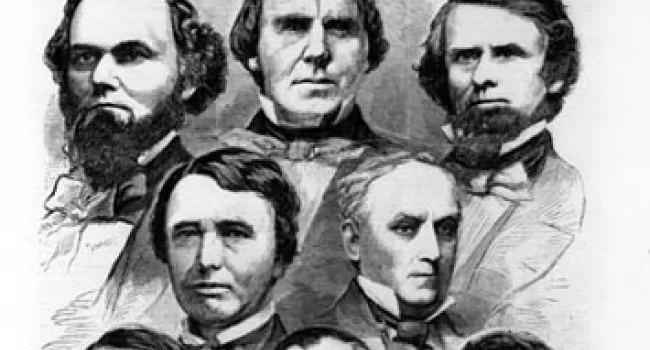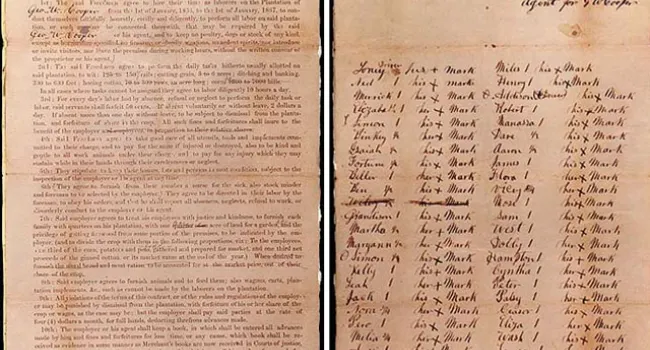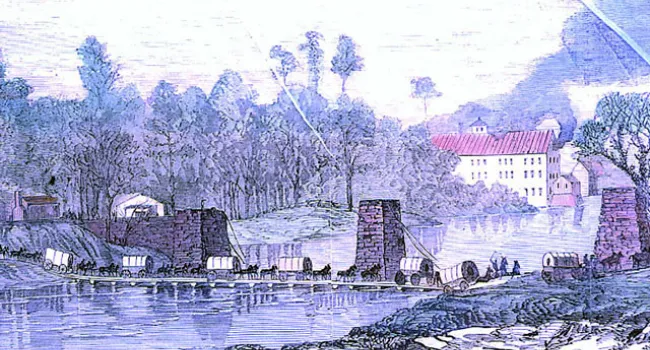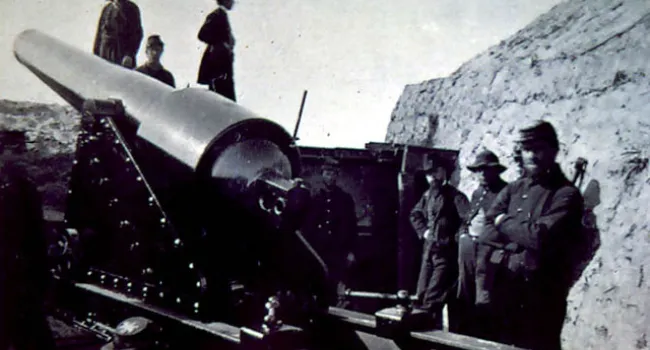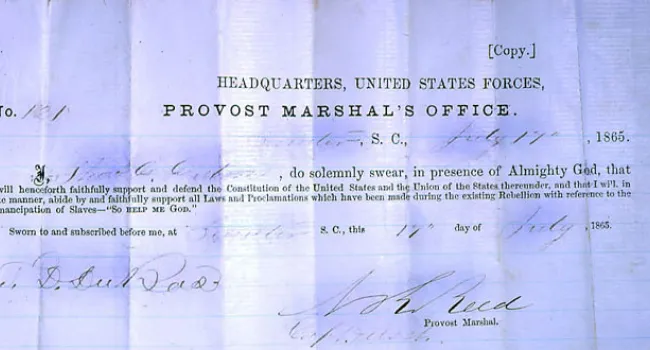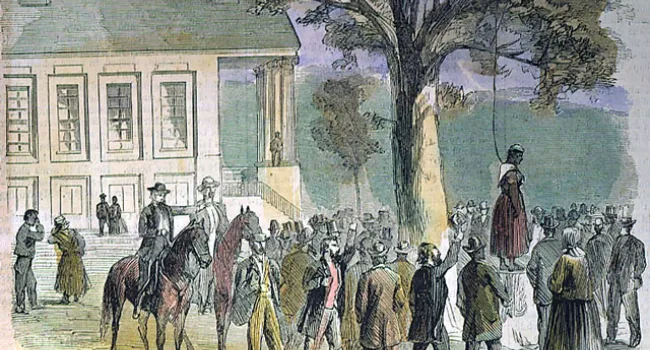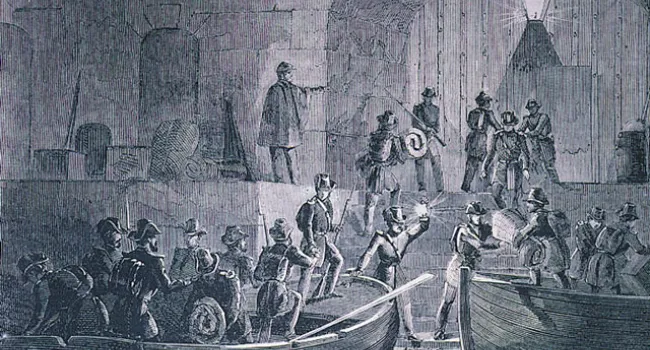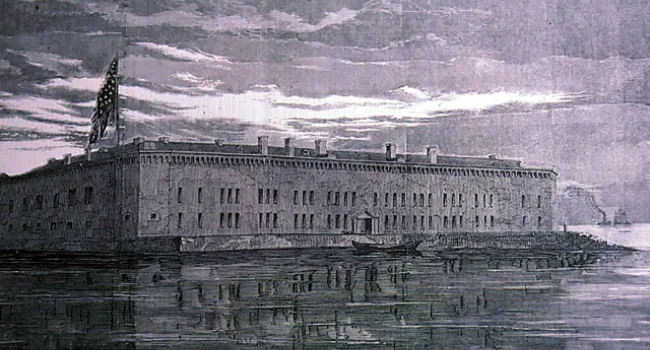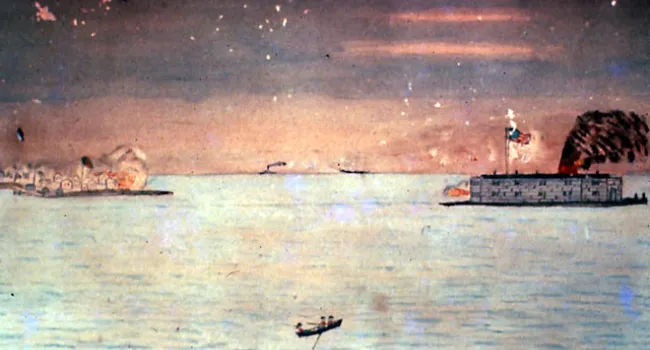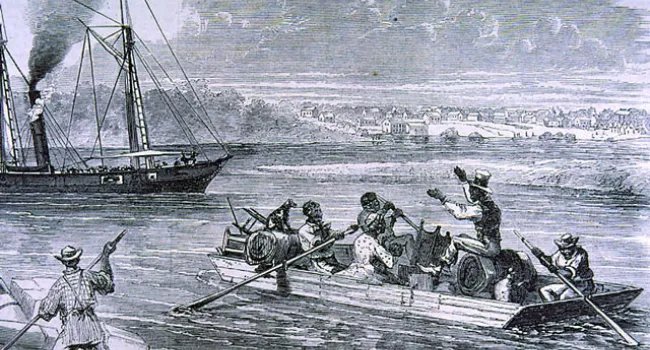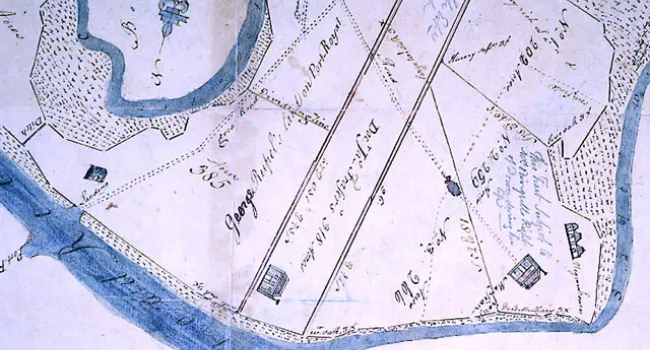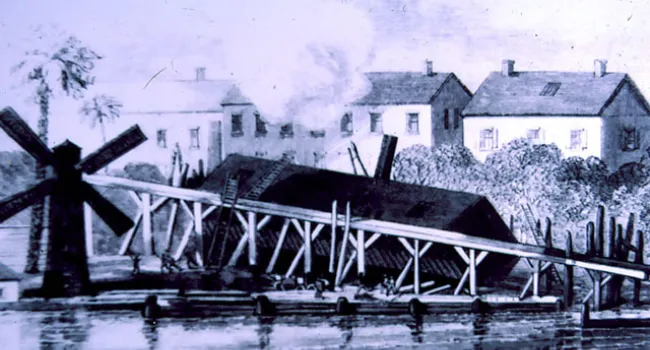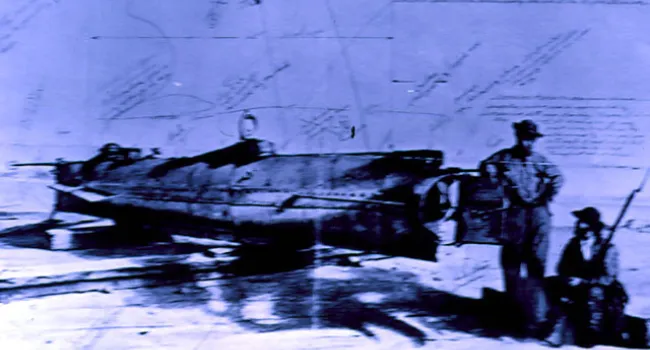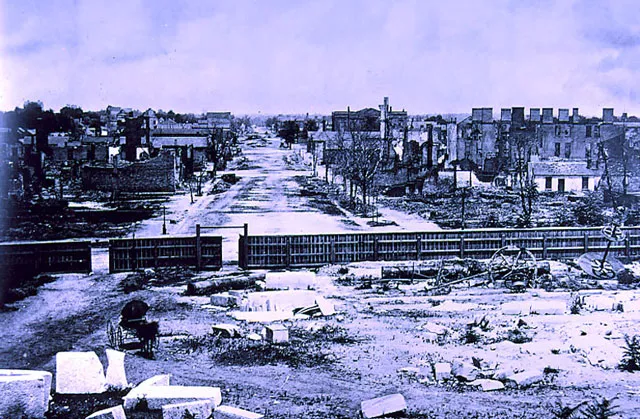
Nearly 20,000 people were crowded into Columbia when Sherman's army approached, and its streets were crowded with cotton bales. Whether Sherman's advance forces, panicky Confederate deserters camped on Columbia streets, or an accident started the blaze is still a matter of debate. Sherman did little to stop it, and the fire destroyed much of the city, including the old State House and much of the unfinished work of the new (see South Carolina State House, 1790's and South Carolina State House, 1850 ). This view of the ruins of the city is from the State House grounds.
Courtesy of the National Archives and Records Administration.
Standards
- This indicator was developed to encourage inquiry into the continuities and changes experienced by Americans of various genders, positions, races, and social status during the Civil War.
- This indicator was developed to encourage inquiry into the relationship between the Civil War and the experiences of women, African Americans, and the planter class in South Carolina.
- This indicator was developed to encourage inquiry into the effects of military strategies to include but not limited to: wartime technologies, the Anaconda Plan, conscription, and Sherman’s March to the Sea.
- This indicator was designed to encourage inquiry into the Civil War focusing on the impacts of military strategies and major turning points on South Carolina and the U.S.


